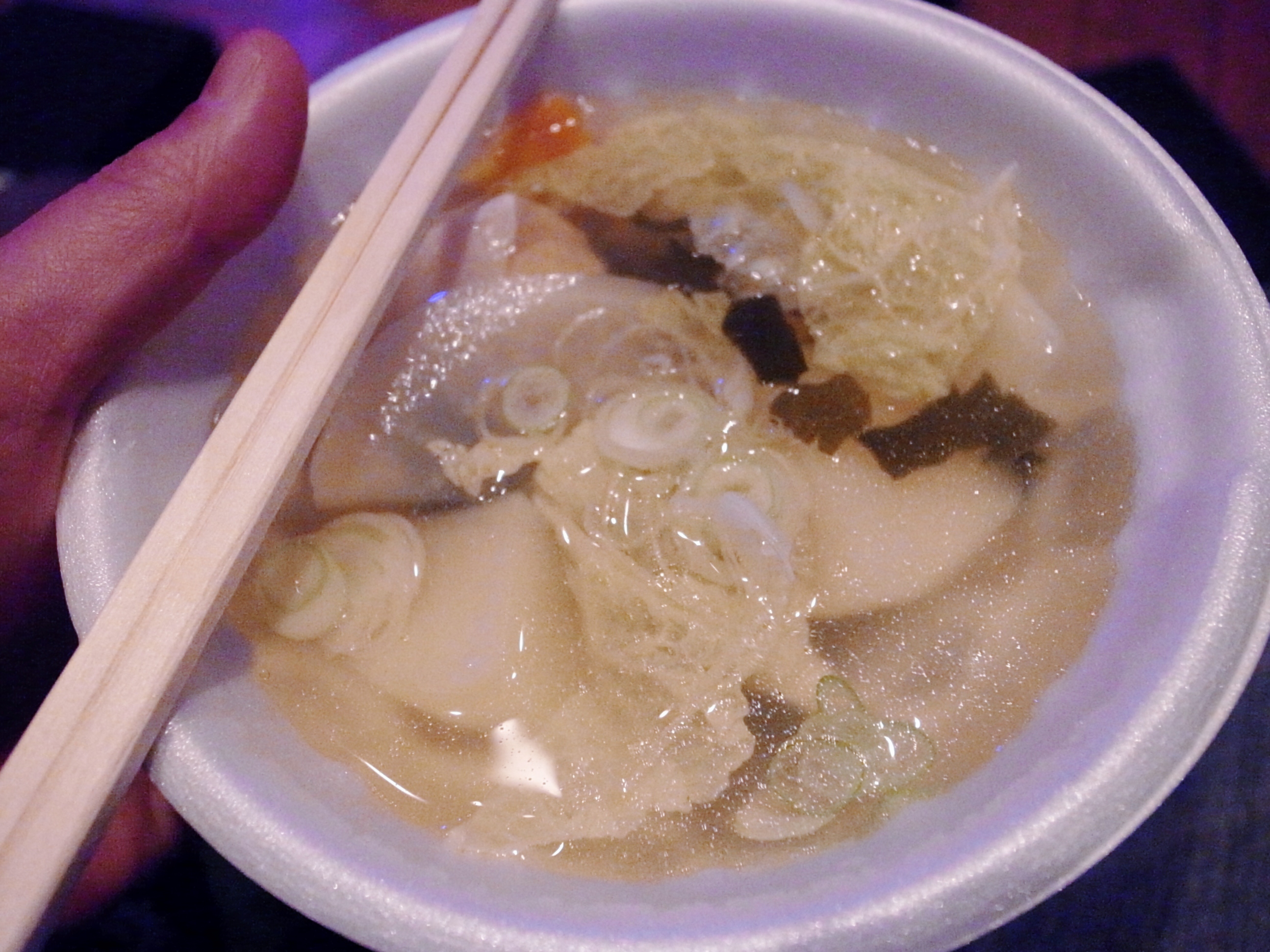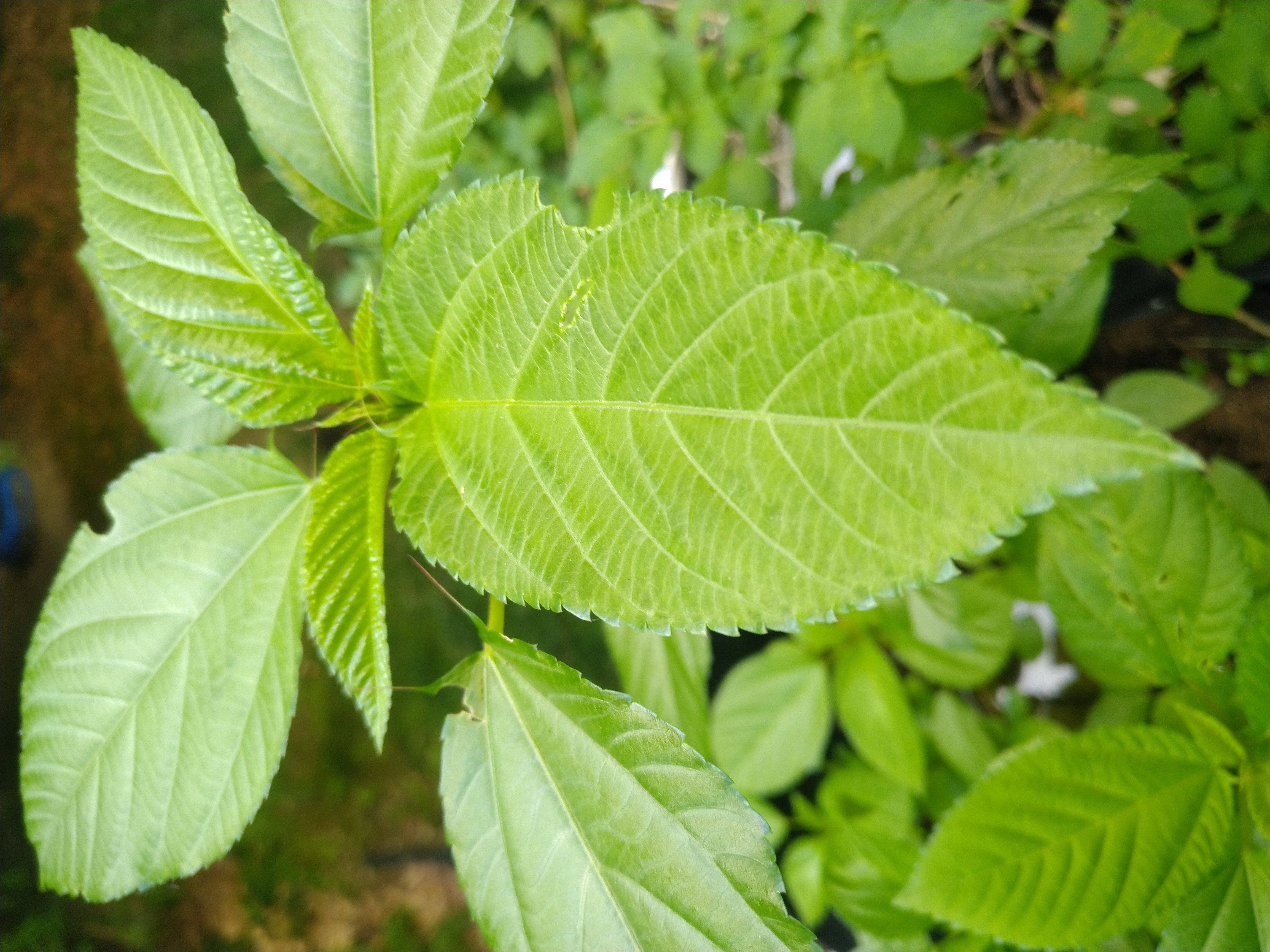|
Palaver Sauce
Palaver sauce or palava sauce or plasas is a type of stew widely eaten in West Africa, including Ghana, Liberia, Sierra Leone and Nigeria. The word '' palaver'' comes from the Portuguese language and means a talk, lengthy debate or quarrel. It is unclear how this led to the name of the stew. One theory is that the spices used in the stew mingle together like raised voices in an argument. It has been thought of as having the power to calm tensions, or to cause them. Other names for the dish include ''kontonmire'', ''kentumere'', ''nkontommire'' and ''pla'sas''. It has regional variations and can contain beef, fish, shrimp, pepitas, cassava, taro (cocoyam) leaves, and palm oil. It is served with boiled rice, potatoes, garri, fufu or yams. Outside of Africa, spinach is often used as a substitute for other greens. The leaves used to make this soup in Liberia are called molokhia or mulukhiyah leaves. Recipe The meat is first cut into small pieces and is fried in palm oil in a pan, an ... [...More Info...] [...Related Items...] OR: [Wikipedia] [Google] [Baidu] |
Stew
A stew is a combination of solid food ingredients that have been cooked in liquid and served in the resultant gravy. A stew needs to have raw ingredients added to the gravy. Ingredients in a stew can include any combination of vegetables and may include meat, especially tougher meats suitable for slow-cooking, such as beef, pork, lamb, poultry, sausages, and seafood. While water can be used as the stew-cooking liquid, stock is also common. A small amount of red wine is sometimes added for flavour. Seasoning and flavourings may also be added. Stews are typically cooked at a relatively low temperature (simmered, not boiled), allowing flavours to mingle. Stewing is suitable for the least tender cuts of meat that become tender and juicy with the slow moist heat method. This makes it popular in low-cost cooking. Cuts having a certain amount of marbling and gelatinous connective tissue give moist, juicy stews, while lean meat may easily become dry. Stews are thickened by reduction ... [...More Info...] [...Related Items...] OR: [Wikipedia] [Google] [Baidu] |
Potato
The potato is a starchy food, a tuber of the plant ''Solanum tuberosum'' and is a root vegetable native to the Americas. The plant is a perennial in the nightshade family Solanaceae. Wild potato species can be found from the southern United States to southern Chile. The potato was originally believed to have been domesticated by Native Americans independently in multiple locations,University of Wisconsin-Madison, ''Finding rewrites the evolutionary history of the origin of potatoes'' (2005/ref> but later genetic studies traced a single origin, in the area of present-day southern Peru and extreme northwestern Bolivia. Potatoes were domesticated there approximately 7,000–10,000 years ago, from a species in the ''Solanum brevicaule'' complex. Lay summary: In the Andes region of South America, where the species is indigenous, some close relatives of the potato are cultivated. Potatoes were introduced to Europe from the Americas by the Spanish in the second half of the 16 ... [...More Info...] [...Related Items...] OR: [Wikipedia] [Google] [Baidu] |
Stews
A stew is a combination of solid food ingredients that have been cooked in liquid and served in the resultant gravy. A stew needs to have raw ingredients added to the gravy. Ingredients in a stew can include any combination of vegetables and may include meat, especially tougher meats suitable for slow-cooking, such as beef, pork, lamb, poultry, sausages, and seafood. While water can be used as the stew-cooking liquid, stock is also common. A small amount of red wine is sometimes added for flavour. Seasoning and flavourings may also be added. Stews are typically cooked at a relatively low temperature (simmered, not boiled), allowing flavours to mingle. Stewing is suitable for the least tender cuts of meat that become tender and juicy with the slow moist heat method. This makes it popular in low-cost cooking. Cuts having a certain amount of marbling and gelatinous connective tissue give moist, juicy stews, while lean meat may easily become dry. Stews are thickened by reduction o ... [...More Info...] [...Related Items...] OR: [Wikipedia] [Google] [Baidu] |
List Of Stews
This is a list of notable stews. A stew is a combination of solid food ingredients that have been Cooking, cooked in liquid and served in the resultant gravy. Ingredients in a stew can include any combination of vegetables (such as carrots, potatoes, beans, onions, Capsicum, peppers, tomatoes, etc.), and frequently with meat (especially tougher meats suitable for moist slow-cooking) such as beef. Poultry, pork, Lamb and mutton, lamb or mutton, sausages, and seafood are also used. Stews Unsorted * Capra e fagioli * Ginataang kalabasa * Ginataang labong * Kokotxas * Kontomire stew * Or lam * Pepián * Waknatoy See also * Fish stew – includes a list of many fish stews * List of Azerbaijani soups and stews * List of fish and seafood soups * List of Japanese soups and stews * List of soups * List of Spanish soups and stews References {{Soups Stews, Soup-related lists, ... [...More Info...] [...Related Items...] OR: [Wikipedia] [Google] [Baidu] |
African Cuisine
African or Africans may refer to: * Anything from or pertaining to the continent of Africa: ** People who are native to Africa, descendants of natives of Africa, or individuals who trace their ancestry to indigenous inhabitants of Africa *** Ethnic groups of Africa *** Demographics of Africa *** African diaspora ** African, an adjective referring to something of, from, or related to the African Union ** Citizenship of the African Union ** Demographics of the African Union **Africanfuturism ** African art ** *** African jazz (other) ** African cuisine ** African culture ** African languages ** African music ** African Union ** African lion, a lion population in Africa Books and radio * ''The African'' (essay), a story by French author J. M. G. Le Clézio * ''The African'' (Conton novel), a novel by William Farquhar Conton * ''The African'' (Courlander novel), a novel by Harold Courlander * ''The Africans'' (radio program) Music * "African", a song by Peter Tosh ... [...More Info...] [...Related Items...] OR: [Wikipedia] [Google] [Baidu] |
Okra
Okra or Okro (, ), ''Abelmoschus esculentus'', known in many English-speaking countries as ladies' fingers or ochro, is a flowering plant in the mallow family. It has edible green seed pods. The geographical origin of okra is disputed, with supporters of West African, Ethiopian, Southeast Asian, and South Asian origins. Cultivated in tropical, subtropical, and warm temperate regions around the world, okra is used in the cuisines of many countries. Etymology ''Abelmoschus'' is New Latin from Arabic أَبُو المِسْك (ʾabū l-misk, “father of musk”), while ''esculentus'' is Latin for being fit for human consumption. The first use of the word ''okra'' (alternatively; ''okro'' or ''ochro'') appeared in 1679 in the Colony of Virginia, deriving from the Igbo word . The word ''gumbo'' was first used in American vernacular around 1805, deriving from Louisiana Creole, but originates from either the Umbundu word ''ochinggômbo'' or the Kimbundu word ''ki-ngombo.'' Despi ... [...More Info...] [...Related Items...] OR: [Wikipedia] [Google] [Baidu] |
Kale
Kale (), or leaf cabbage, belongs to a group of cabbage (''Brassica oleracea'') cultivars grown for their edible leaves, although some are used as ornamentals. Kale plants have green or purple leaves, and the central leaves do not form a head (as with headed cabbage). Kales are considered to be closer to wild cabbage than most of the many domesticated forms of ''Brassica oleracea''. Etymology ''Kale'' originates from Northern Middle English ''cale'' (compare Scots ''kail'' and German ''Kohl'') for various cabbages. The ultimate origin is Latin ''caulis'' 'cabbage'. History Kale originated in the eastern Mediterranean and Anatolia, where it was cultivated for food beginning by 2000 BCE at the latest. Curly-leaved varieties of cabbage already existed along with flat-leaved varieties in Greece in the 4th century BC. These forms, which were referred to by the Romans as Sabellian kale, are considered to be the ancestors of modern kales. The earliest record of cabbages in w ... [...More Info...] [...Related Items...] OR: [Wikipedia] [Google] [Baidu] |
Cabbage
Cabbage, comprising several cultivars of ''Brassica oleracea'', is a leafy green, red (purple), or white (pale green) biennial plant grown as an annual vegetable crop for its dense-leaved heads. It is descended from the wild cabbage ( ''B. oleracea'' var. ''oleracea''), and belongs to the "cole crops" or brassicas, meaning it is closely related to broccoli and cauliflower (var. ''botrytis''); Brussels sprouts (var. ''gemmifera''); and Savoy cabbage (var. ''sabauda''). A cabbage generally weighs between . Smooth-leafed, firm-headed green cabbages are the most common, with smooth-leafed purple cabbages and crinkle-leafed savoy cabbages of both colours being rarer. Under conditions of long sunny days, such as those found at high northern latitudes in summer, cabbages can grow quite large. , the heaviest cabbage was . Cabbage heads are generally picked during the first year of the plant's life cycle, but plants intended for seed are allowed to grow a second year and must be ... [...More Info...] [...Related Items...] OR: [Wikipedia] [Google] [Baidu] |
Mulukhiyah
Mulukhiyah, also known as molokhia, molohiya, or ewedu, ( ar, ملوخية, mulūkhiyyah) is a dish made from the leaves of ''Corchorus olitorius'', commonly known in English as denje'c'jute, nalta jute, tossa jute, jute mallow or Jew's Mallow."Corchorus olitorius" New Crop Resource Online Program, Center for New Crops & Plant Products, Purdue University It is used as a and is mainly eaten in and & |
Molokhia
Mulukhiyah, also known as molokhia, molohiya, or ewedu, ( ar, ملوخية, mulūkhiyyah) is a dish made from the leaves of ''Corchorus olitorius'', commonly known in English as denje'c'jute, nalta jute, tossa jute, jute mallow or Jew's Mallow."Corchorus olitorius" New Crop Resource Online Program, Center for New Crops & Plant Products, Purdue University It is used as a and is mainly eaten in and & |
Spinach
Spinach (''Spinacia oleracea'') is a leafy green flowering plant native to central and western Asia. It is of the order Caryophyllales, family Amaranthaceae, subfamily Chenopodioideae. Its leaves are a common edible vegetable consumed either fresh, or after storage using preservation techniques by canning, freezing, or dehydration. It may be eaten cooked or raw, and the taste differs considerably; the high oxalate content may be reduced by steaming. It is an annual plant (rarely biennial), growing as tall as . Spinach may overwinter in temperate regions. The leaves are alternate, simple, ovate to triangular, and very variable in size: long and broad, with larger leaves at the base of the plant and small leaves higher on the flowering stem. The flowers are inconspicuous, yellow-green, in diameter, and mature into a small, hard, dry, lumpy fruit cluster across containing several seeds. In 2018, world production of spinach was 26.3 million tonnes, with China alone accounti ... [...More Info...] [...Related Items...] OR: [Wikipedia] [Google] [Baidu] |
Africa
Africa is the world's second-largest and second-most populous continent, after Asia in both cases. At about 30.3 million km2 (11.7 million square miles) including adjacent islands, it covers 6% of Earth's total surface area and 20% of its land area.Sayre, April Pulley (1999), ''Africa'', Twenty-First Century Books. . With billion people as of , it accounts for about of the world's human population. Africa's population is the youngest amongst all the continents; the median age in 2012 was 19.7, when the worldwide median age was 30.4. Despite a wide range of natural resources, Africa is the least wealthy continent per capita and second-least wealthy by total wealth, behind Oceania. Scholars have attributed this to different factors including geography, climate, tribalism, colonialism, the Cold War, neocolonialism, lack of democracy, and corruption. Despite this low concentration of wealth, recent economic expansion and the large and young population make Afr ... [...More Info...] [...Related Items...] OR: [Wikipedia] [Google] [Baidu] |






